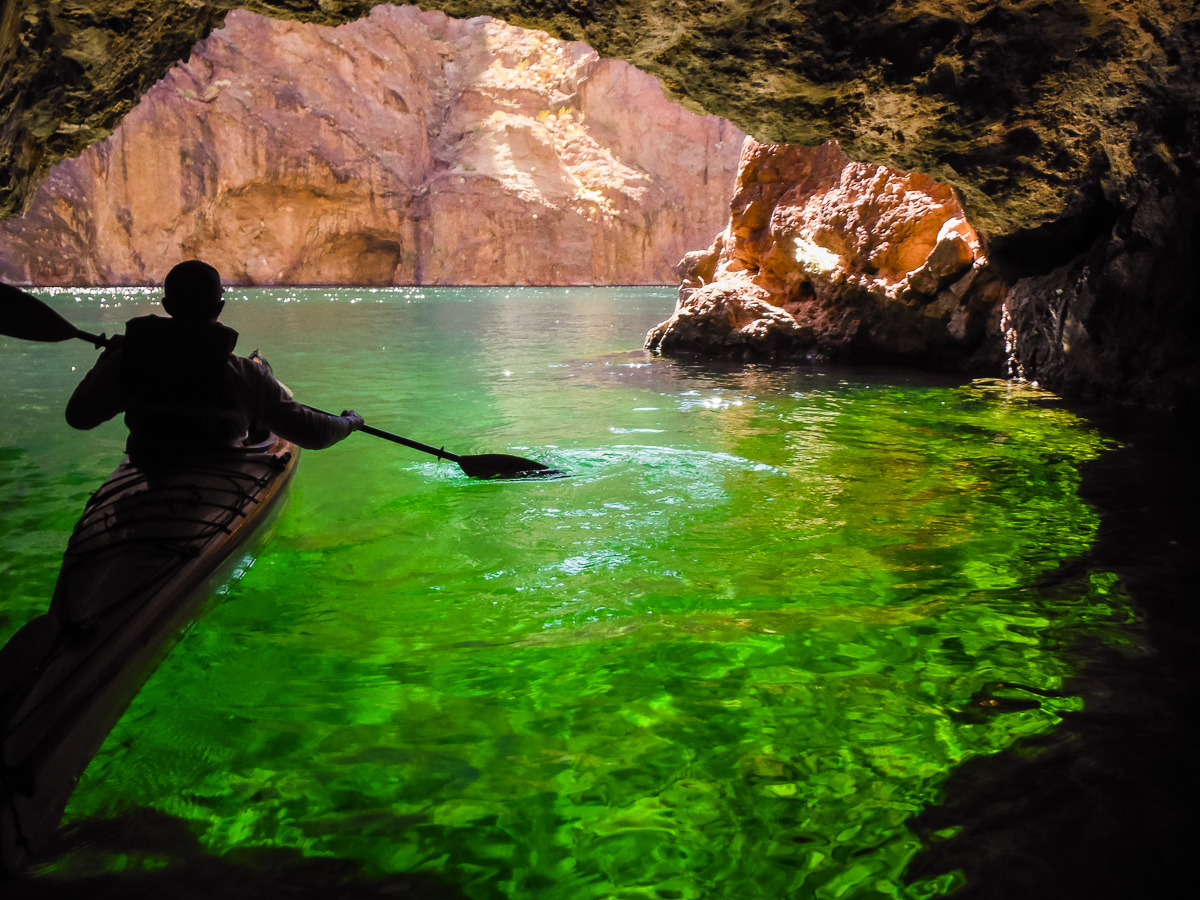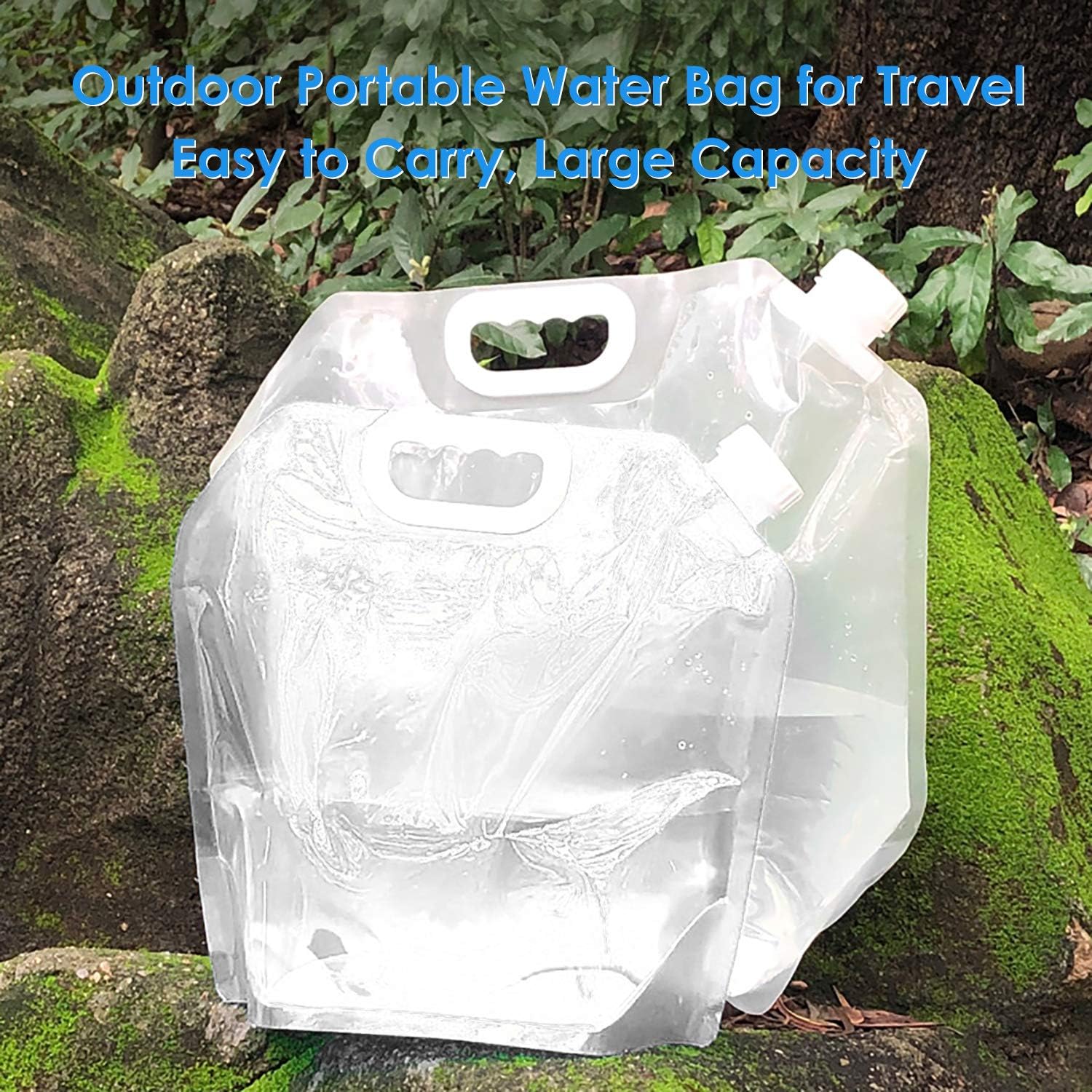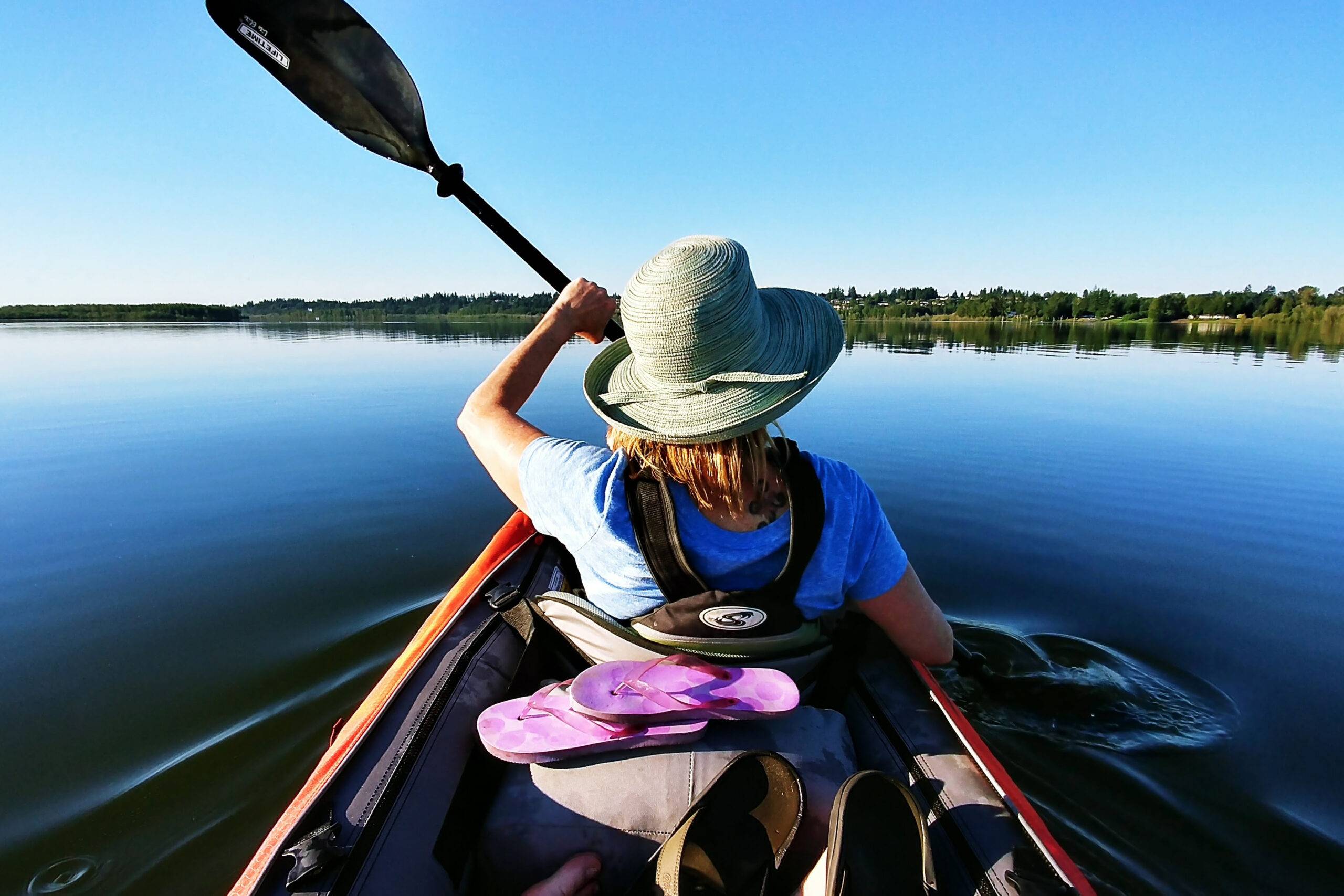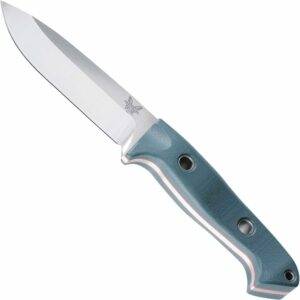Are you ready for some wet and wild fun? Kayaking is the ultimate adventure for nature lovers and thrill seekers alike! But before you set off on your aquatic escapade, don’t forget to pack the most important accessory of all – water! Yup, even though you’ll be surrounded by H2O, it’s important to stay hydrated while kayaking. In this blog post, we’ll give you some top-notch tips on the best way to carry water on your kayak journey. Don’t worry, it won’t be a total drag – we promise!

Pick the Right Water Container
When it comes to picking the right water container for your kayak trip, you’ll want to consider your route, the type of kayak you’ll be using, and the amount of water you’ll need to carry. Depending on your route, you may be able to find natural water sources along the way, such as streams or lakes. If so, you can bring a collapsible water jug, a reusable water bottle, or a bladder. These are great for short trips and will ensure you have a fresh supply of water.
If you’re heading on a longer kayak trip, you may need a more robust water container. In this case, you may want to consider a water bladder or a larger water jug. Bladders are great for storing larger volumes of water, while jugs are great for carrying a large amount of water at once. Both are easy to pack and secure in your kayak, and both can be used to transport water from source to source. When choosing the right water container for your kayak trip, it’s important to consider the weight of the container and the amount of water you’ll need, as well as the type of kayak you’ll be using.

Plan Your Route for Water Access
When planning your kayak trip, it’s important to consider the route you will take and any available water sources along the way. If you are paddling in an area with plenty of rivers, lakes, and streams, you can plan your trip to include stops for water refills. This will help reduce the amount of water you need to carry in your kayak. Make sure to filter the water before drinking it, and if possible, boil it for a few minutes to kill any bacteria. Additionally, if you are paddling in a location with limited access to water, consider packing enough water for the entire journey.

Pack and Secure Your Water Container
Once you have chosen the right water container for your kayak trip, it is important to make sure it is properly packed and secured. Depending on the size and shape of your container, you may need to use additional straps or bungee cords to keep it secure while you’re paddling. If you are using a water bladder, make sure it is securely attached to the hull of the boat. This will help to keep it from shifting, which can be dangerous if you hit a wave or other obstacle. Additionally, make sure you are aware of the weight and balance of your kayak while packing it with your water container. If your kayak is heavily loaded with water, it will be harder to maneuver and may become unstable in choppy waters.

Create a Backup Plan for Carrying Water
It’s always a good idea to have a backup plan in place for carrying water on a kayak trip. In addition to bringing your main water container, such as a water bladder, consider bringing an extra canteen or two. This will provide you with extra water in the event that your primary container fails or if you need more water than you originally anticipated. It’s also helpful to be aware of any natural sources of water you may encounter along your route, such as streams and lakes, in case you need to supplement your supply. Additionally, you may want to bring a portable water filter or purification tablets to ensure that any water you collect from natural sources is safe to drink.

Choose the Right Kayak for Carrying Water
When it comes to carrying water on a kayaking trip, the type of kayak you choose can make a huge difference. If you’re planning a long kayak trip, or if you’re expecting rough conditions, you’ll need a kayak that can handle the extra weight and provide stability. Look for a kayak that features a wide and flat bottom, which will be more stable and provide better balance. You should also opt for a longer kayak, which will provide more storage space and a better platform for carrying water. Additionally, you may want to opt for a kayak with a rudder or skeg, as this will help with tracking and control. Finally, choose a kayak that has plenty of attachment points for mounting and securing your water containers.

Add Accessories to Make Carrying Water Easier
Adding accessories to your kayak can make carrying water much easier. Accessories like a kayak cart, kayak seat, and paddle keepers can free up valuable space on your kayak for carrying more water. Kayak carts make it easier to transport your kayak and the water you carry to and from the shore. Kayak seats can provide extra storage space to stow your water containers. Paddle keepers can help keep your kayak steady and make it easier to grab and go when you need to refill your water containers. With the right accessories, you can make carrying water much easier and more efficient on your next kayak trip.

Store and Transport Your Water Safely
Storing and transporting your water safely is essential to having a successful kayak trip. After you’ve chosen the right container, planned your route for water access, packed and secured your water container, created a backup plan for carrying water, and chosen the right kayak for carrying water, you need to make sure your water is stored and transported safely. Boiling the water is the surest way to be sure any unseen critters are killed. To do this, you’ll need to take the water to a full, rolling boil for one minute. If you don’t have access to a stove or a fire, you can opt for water purification tablets, which usually take 30 minutes to work.
When it comes to transport, you’ll want to make sure you’re using the right methods. Wine bladders seem to be the only way to carry volumes of water that are palatable to drink and cook with. When paddling, water should always be stored in the boat low, centered, and secured safely. If you’re looking for a cheaper option, you could buy 4 cases of bottled water or get the cheap 5 gallon collapsible jugs. Lastly, if you want an easier option, you could consider buying a water bladder like the MSR Dromedary bags. They’re handy, sit right on the bottom of the boat, and help to keep a lower centre of gravity. With these tips, you’ll be able to safely store and transport your water for your kayak trip.

Stay Hydrated During Your Paddle Trip
Staying hydrated on a kayak trip is essential to your safety and comfort. It is important to be mindful of how much water you will need and plan accordingly. Depending on the length of your trip and the weather conditions, you may need to carry more water than you anticipate. To stay hydrated, you should drink plenty of water throughout the day, particularly during warm weather conditions. You should also bring along electrolyte-rich drinks like Gatorade, or snacks like trail mix or dried fruit to give you a boost of energy in case your body is running low on fluids. Additionally, you should bring a water filter or purification tablets, so you can drink from natural sources if necessary. By following these tips, you can ensure that you stay hydrated during your paddle trip and enjoy a safe and comfortable journey.

Prepare for an Emergency Situation
When planning for your kayak trip, it’s important to prepare for an emergency situation. Having enough water is essential, but you should also have a plan in place to stay hydrated if an unexpected event occurs. Pack additional supplies such as a first aid kit, sunscreen, and a whistle. You should also make sure that you know the local waterways and carry a map of the area with you. Additionally, it’s important to tell someone back home where you’ll be and when you’ll be back. Lastly, make sure to check the weather before you leave and plan accordingly. Taking the necessary steps to prepare for an emergency can help ensure that you stay safe and hydrated while out on the water.

Know When to Cut Back on Carrying Water
When preparing for your kayak trip, it’s important to consider when to cut back on carrying a lot of water. It’s always a good idea to have plenty of water with you, but it’s also important to be aware of your capacity to carry the weight and the effects it can have on your kayak. Carrying too much water can cause your kayak to become sluggish and unbalanced, which can be dangerous when navigating unfamiliar waters. Additionally, carrying too much weight can also make it harder to portage, or move your kayak from one body of water to another.
If you’re sure that there will be plenty of water sources along your route, consider cutting back on the amount of water you’re carrying. Bring a map, or a GPS device, and be sure to note any rivers, streams, or other bodies of water that you can access along your route. If you’re unable to find any sources of water, double check the route that you’ve planned and make sure that you’re carrying enough water to get you through.
Remember that it’s always better to be safe than sorry when it comes to carrying water on a kayak trip. As long as you’re aware of your carrying capacity, and the potential sources of water along your route, you’ll be well prepared to stay hydrated and enjoy your kayak trip.




